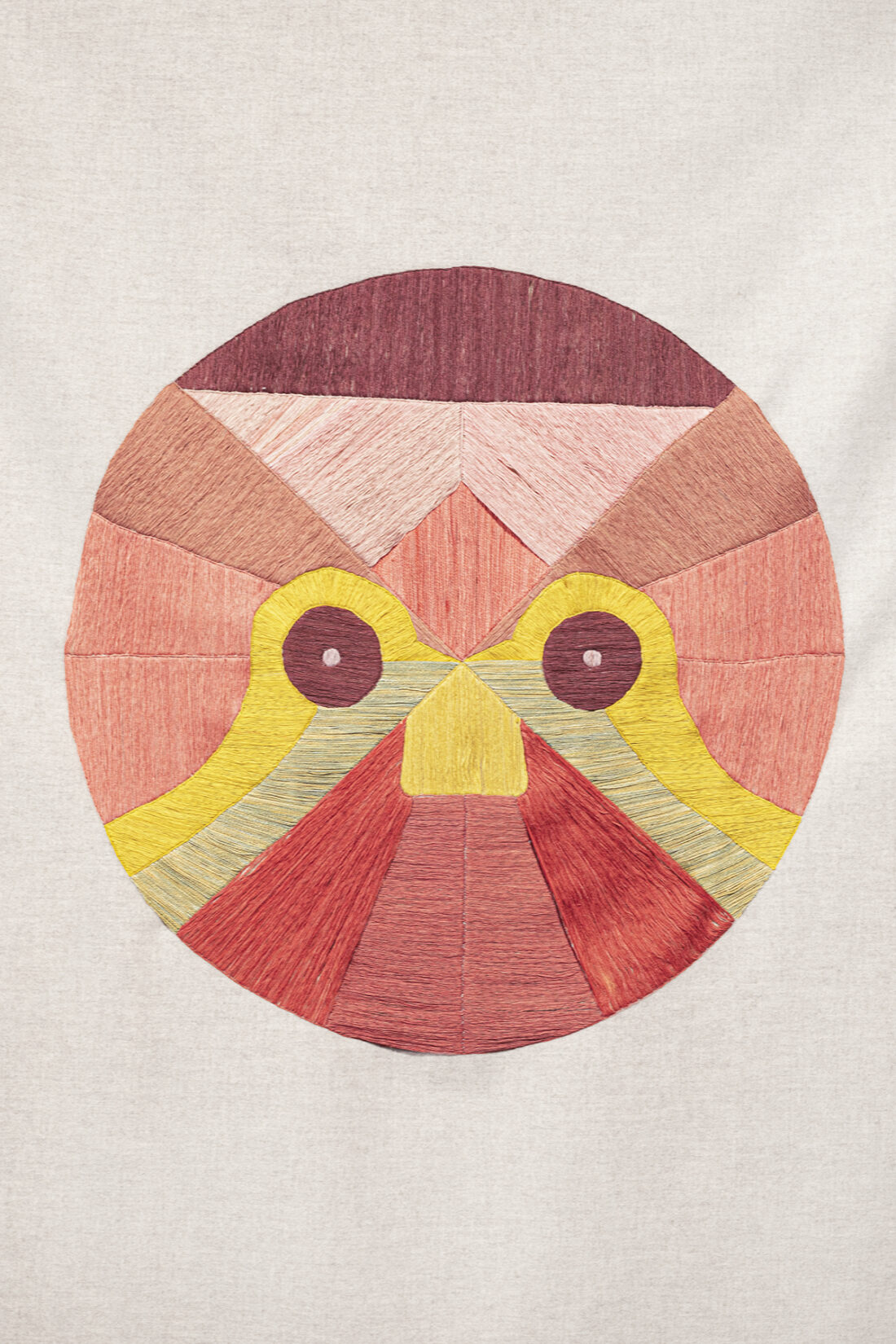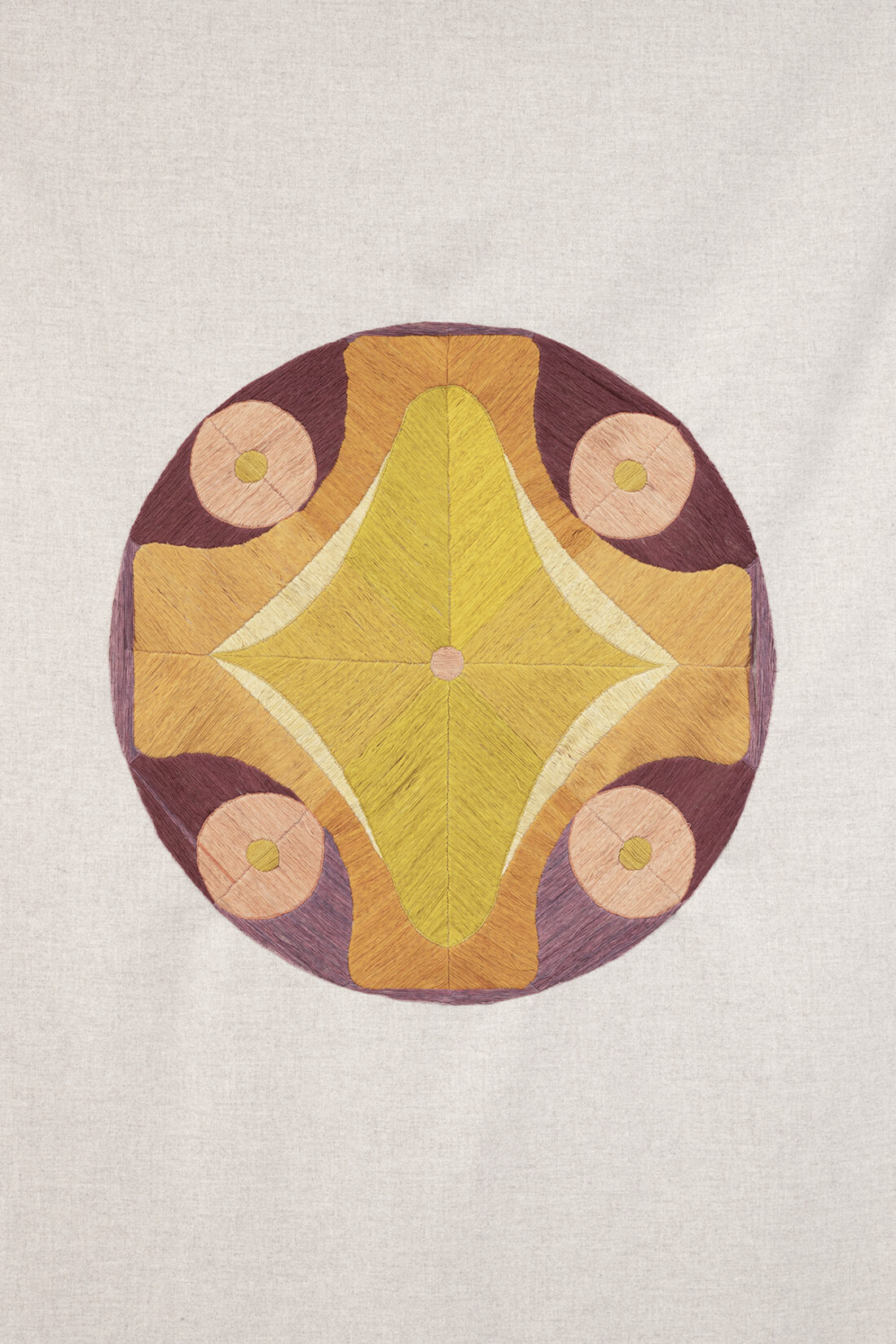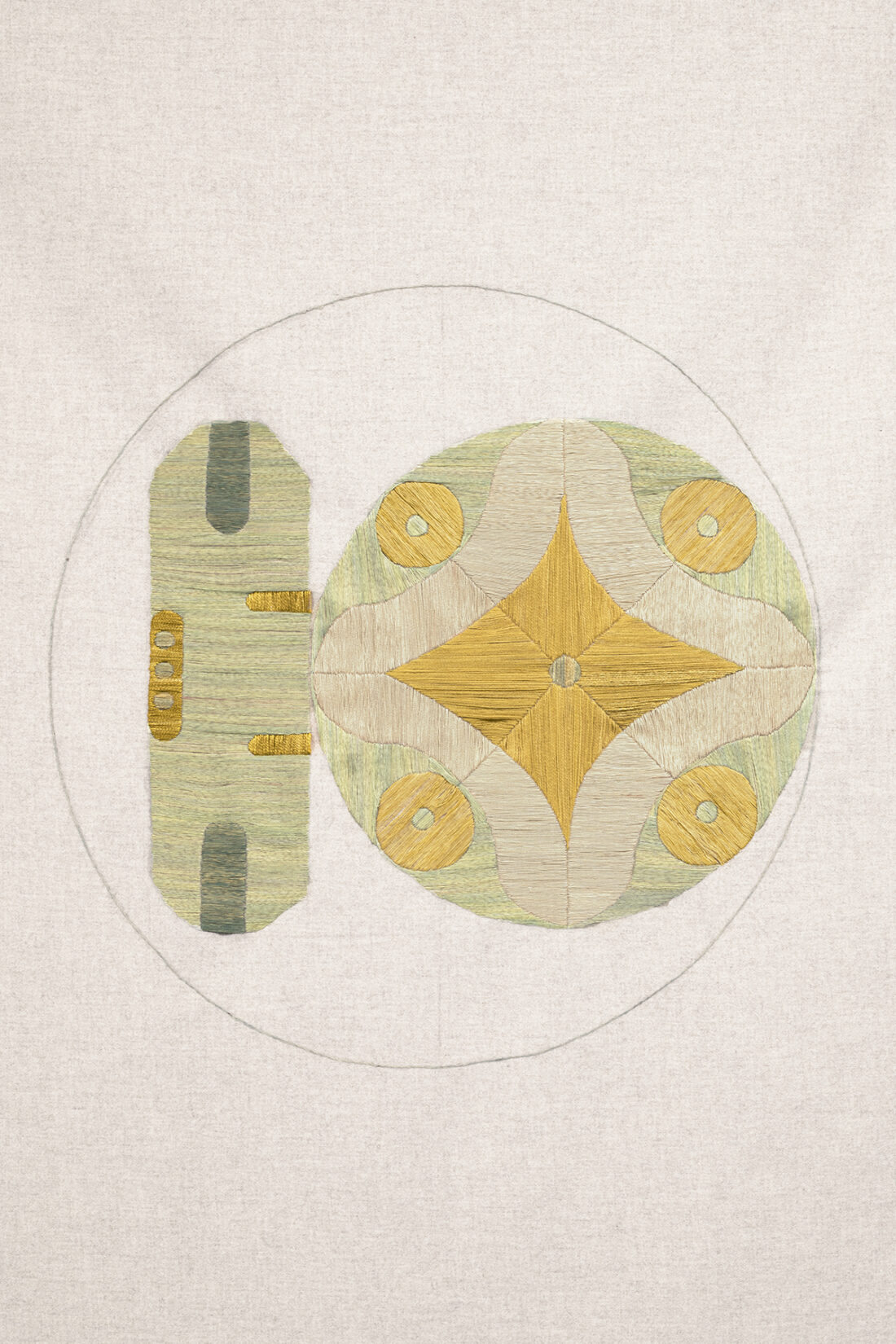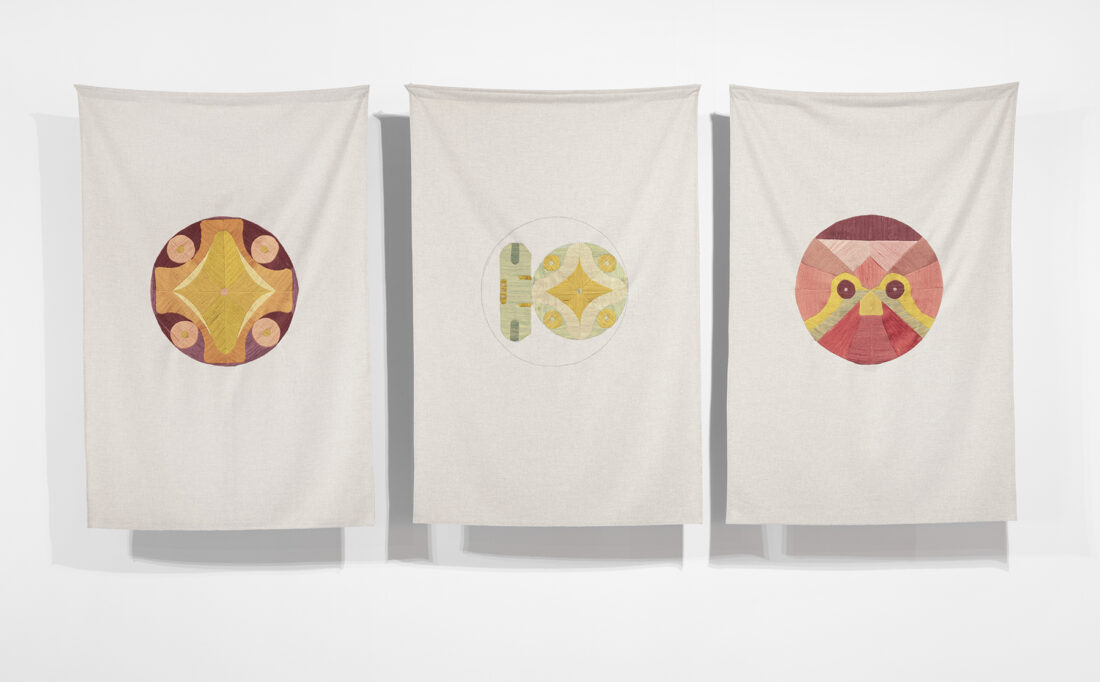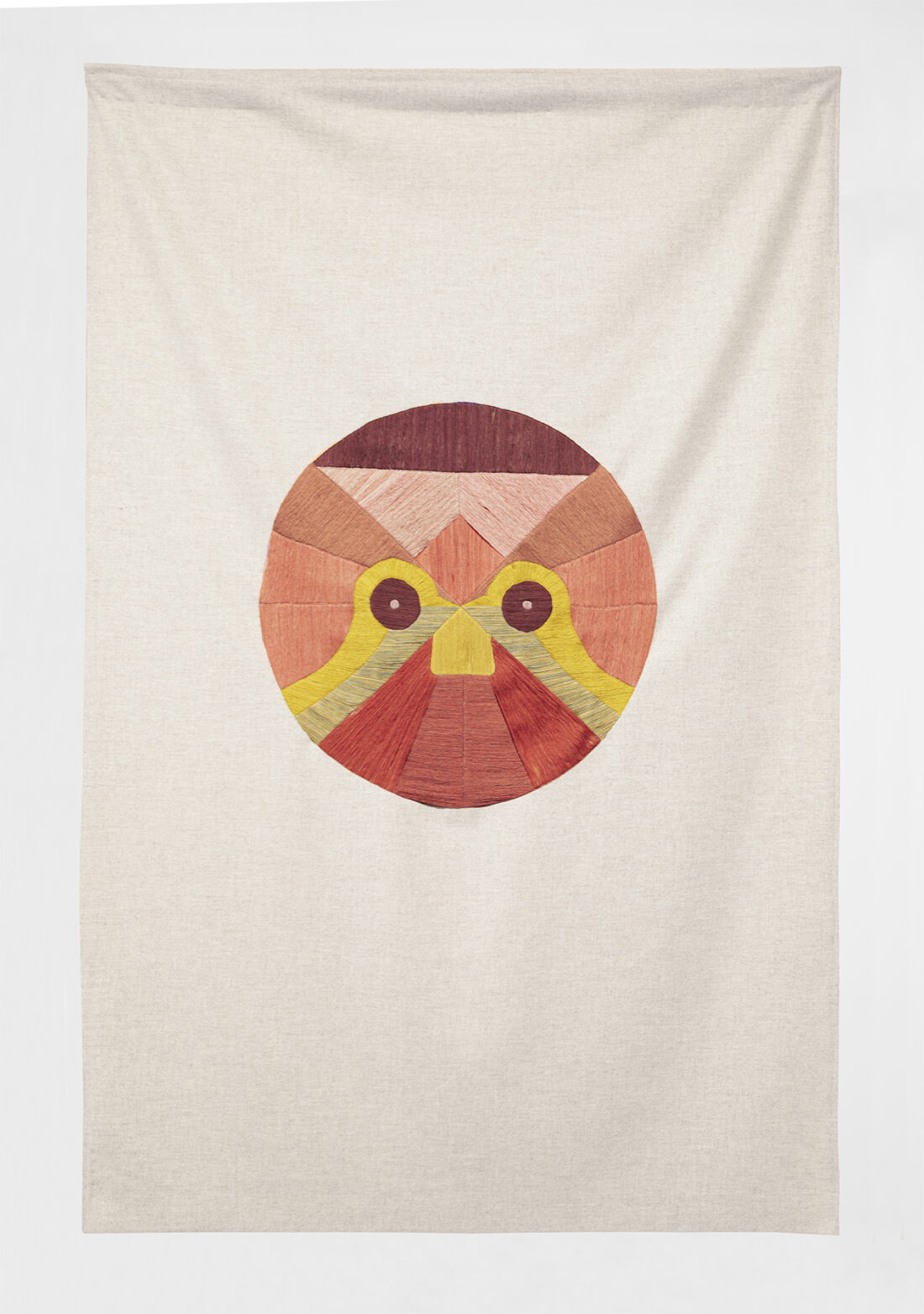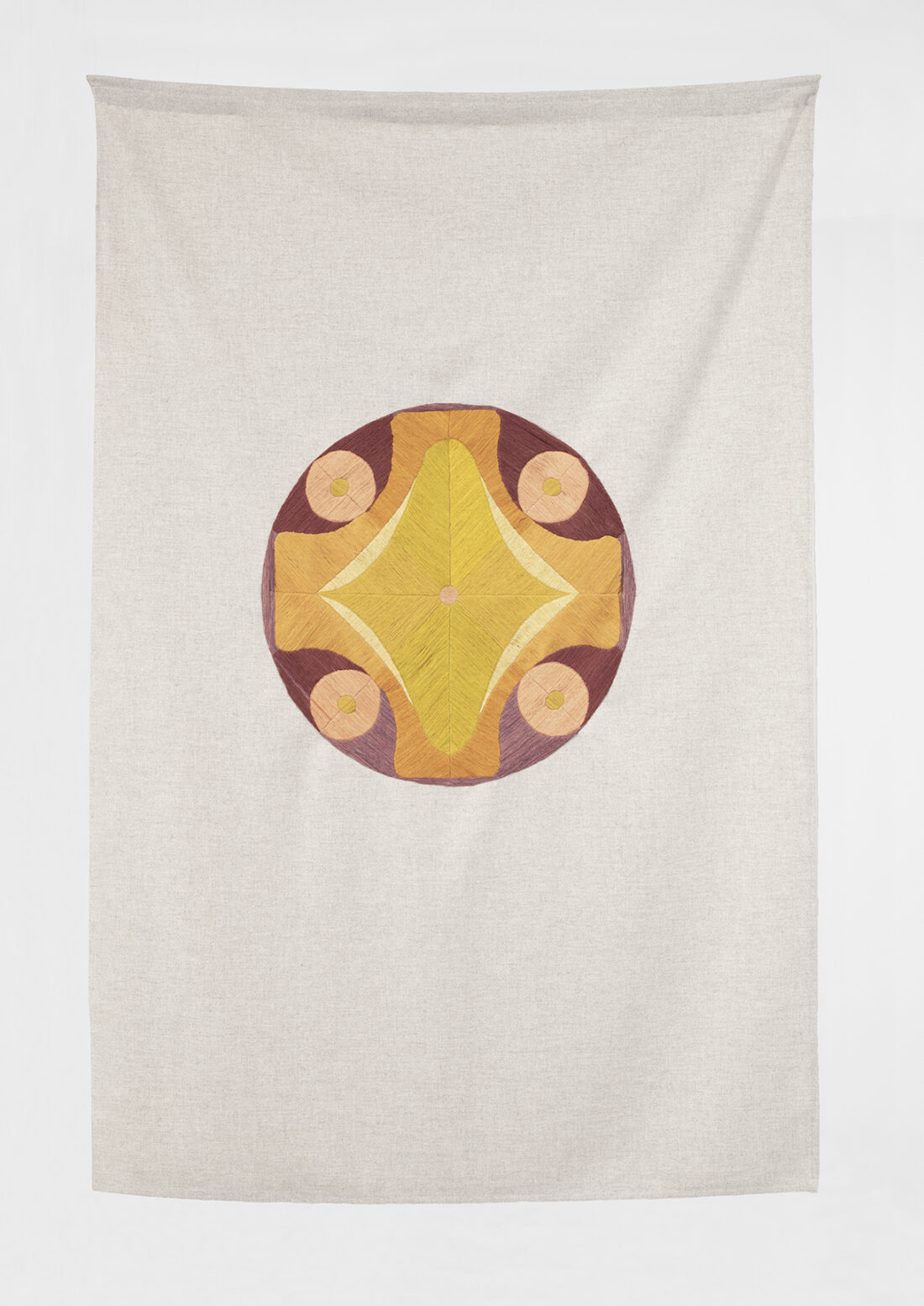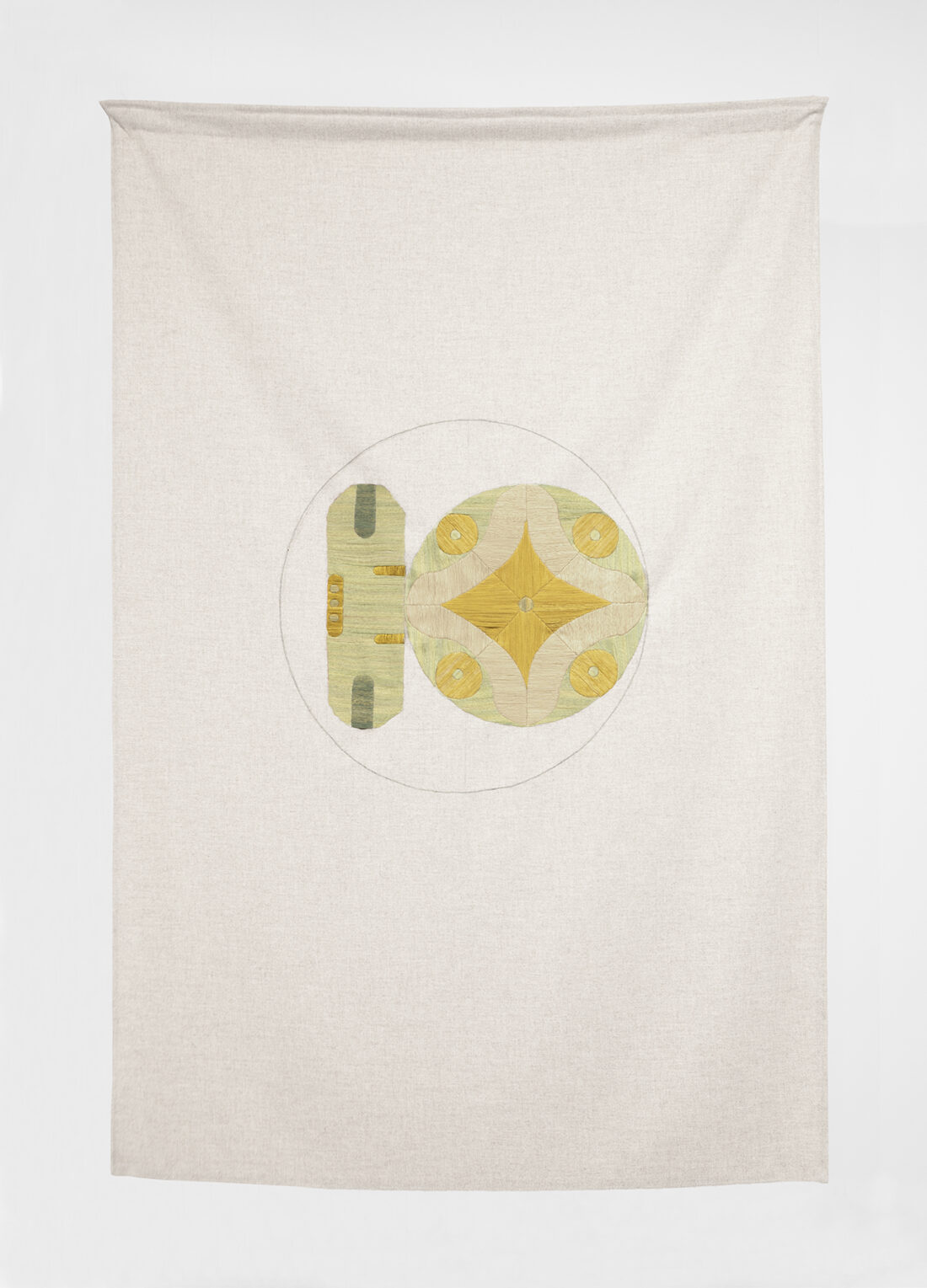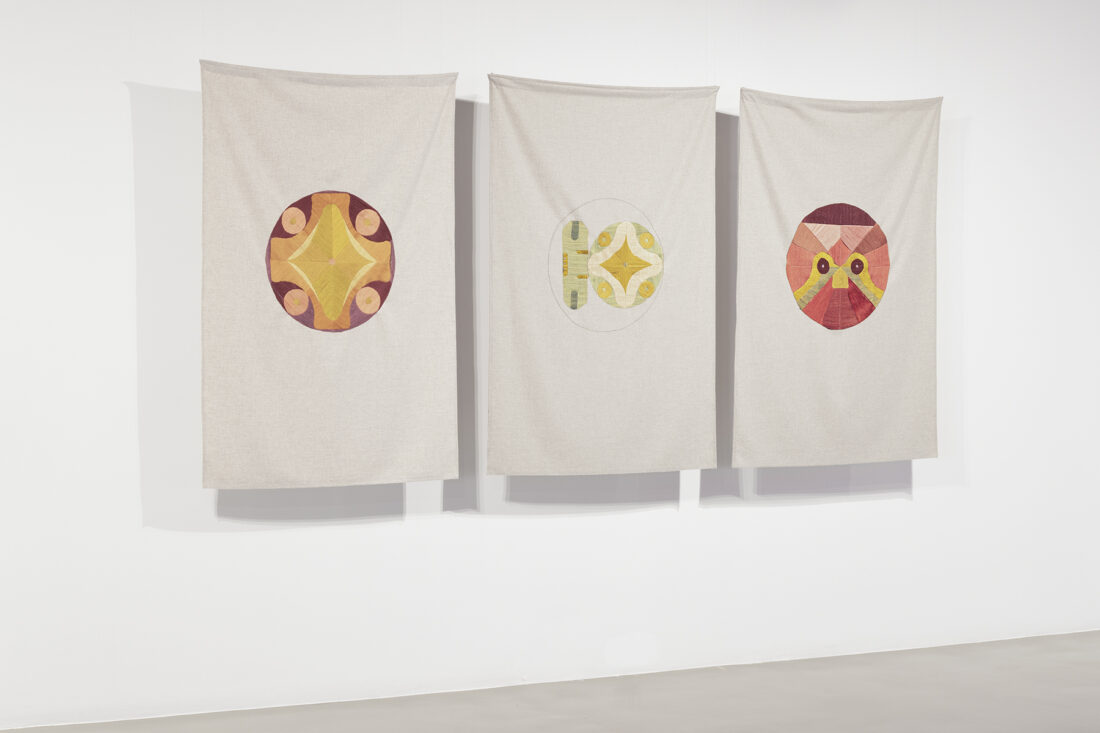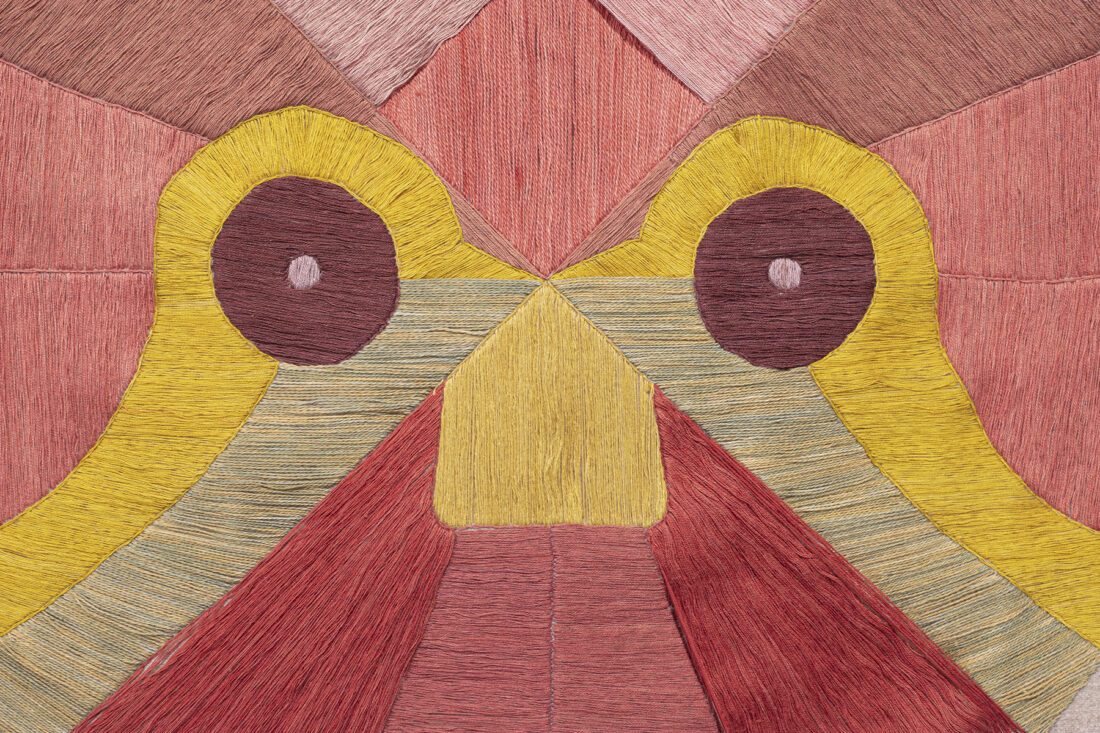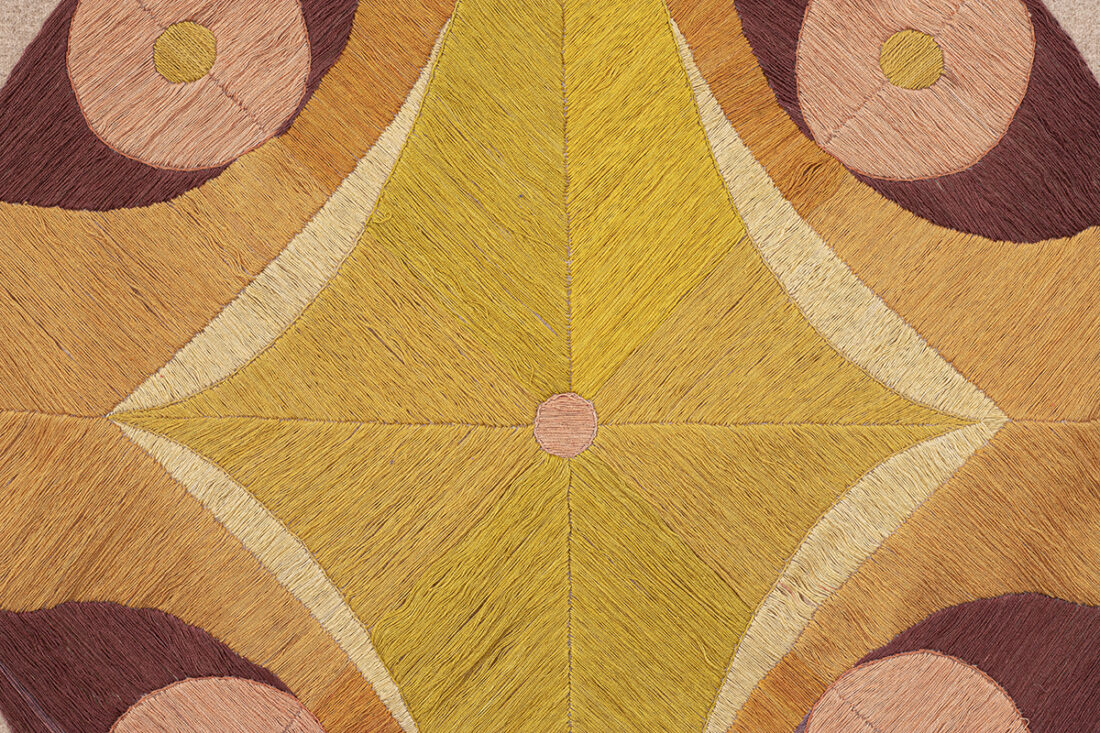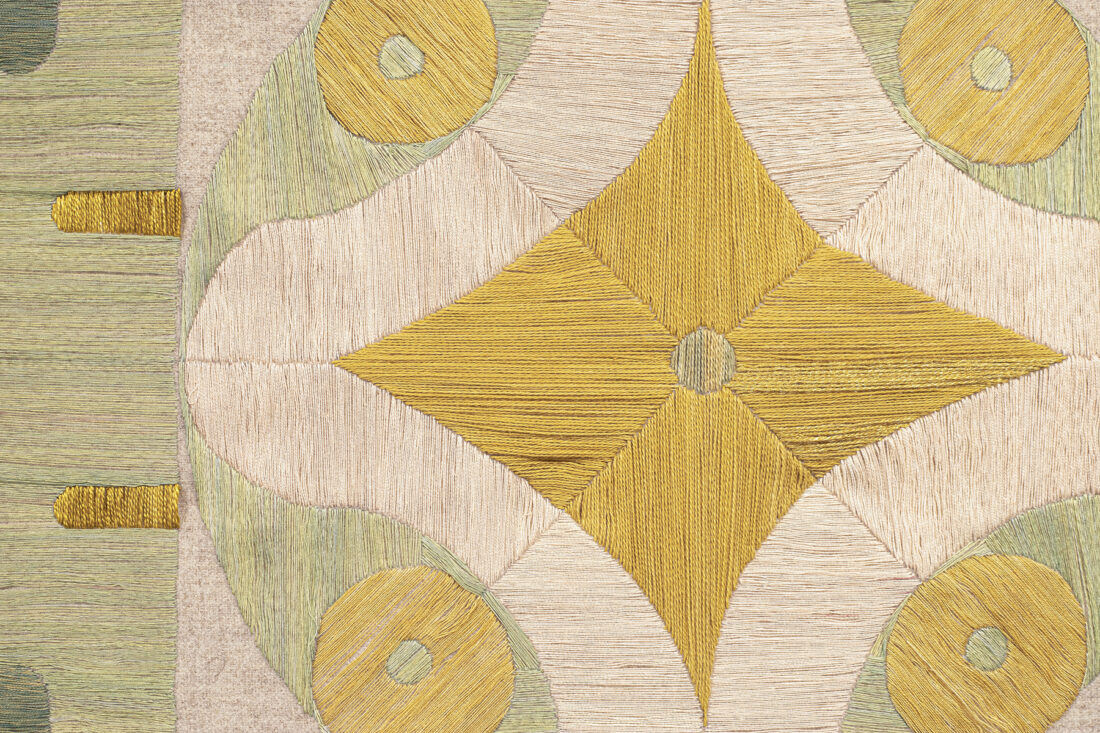Venus Quetzalcóatl
Un tríptico de la interpretación de la estrella de Venus basado en glifos mayas.
La mitología precolombina hablaba del momento en que la estrella vespertina desaparecía por unos días, correspondiendo al hecho de que el Dios Quetzalcóatl se volvía andrógino y vivía todo tipo de excesos, y se perdía por ocho días hasta que descendía al inframundo para purificarse para después ascender al cielo como estrella del alba, haciendo una ofrenda al Sol.
Desde la cosmovisión prehispánica Venus representaba ciclos de la vida, muerte y renacimiento, medidor inequívoco del tiempo. La estrella aparece como estrella de la mañana y también como estrella de la tarde. Por los indicios que tenemos, parece que estas civilizaciones entendían el fenómeno de la retrogradación de Venus tanto en el simbolismo como en el movimiento.
Venus renace como estrella matutina y mujer. La andrógina es un de los rasgos más característicos de Venus. Cuando retrograda refleja un cambio de sexo, con el fin de una renovación.
El nacimiento de un monstruo es igual a la aparición de la sombra de Venus, lo que no podemos expresar o sacar a la luz, se manifiesta.
Las piezas se exhibieron en la exposición colectiva “Transmisión Ancestral”, curada por Agustín Pérez Rubio en Plataforma Arte Contemporáneo. Guadalajara, México.
Venus Quetzalcoatl
A triptych of the interpretation of the star of Venus based on Mayan glyphs.
Pre-Columbian mythology spoke of the moment when the evening star disappeared for a few days, corresponding to the fact that the God Quetzalcoatl became androgynous and lived all kinds of excesses, and was lost for eight days until he descended to the underworld to purify himself and then ascend to heaven as the morning star, making an offering to the Sun.
From the pre-Hispanic worldview, Venus represented cycles of life, death and rebirth, an unequivocal measurer of time. The star appears as a morning star and also as an evening star. From the evidence we have, it seems that these civilizations understood the phenomenon of the retrogradation of Venus both in symbolism and in movement.
Venus is reborn as a morning star and woman. Androgyny is one of the most characteristic features of Venus. When it retrogrades it reflects a change of sex, with the aim of renewal.
The birth of a monster is equal to the appearance of the shadow of Venus, what we cannot express or bring to light, manifests.
The pieces were exhibited in the collective show “Ancestral Transmission”, curated by Agustín Pérez Rubio at Plataforma Arte Contemporáneo. Guadalajara, Mexico.


